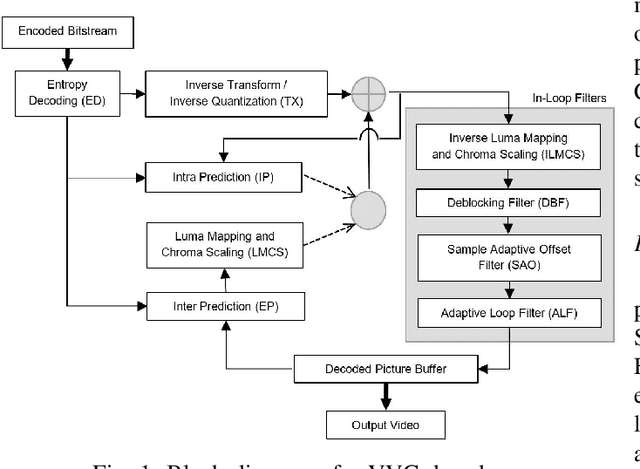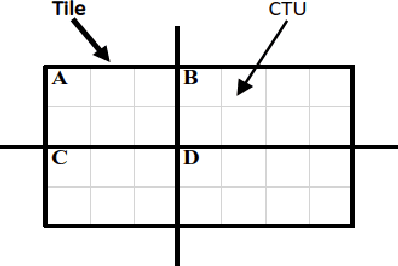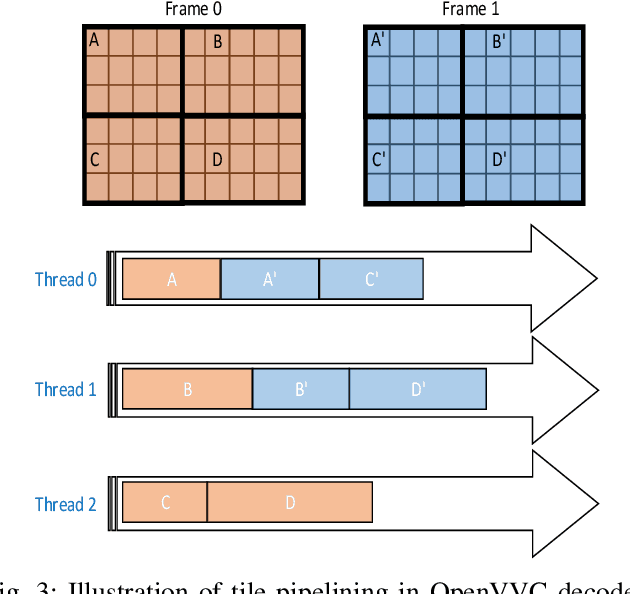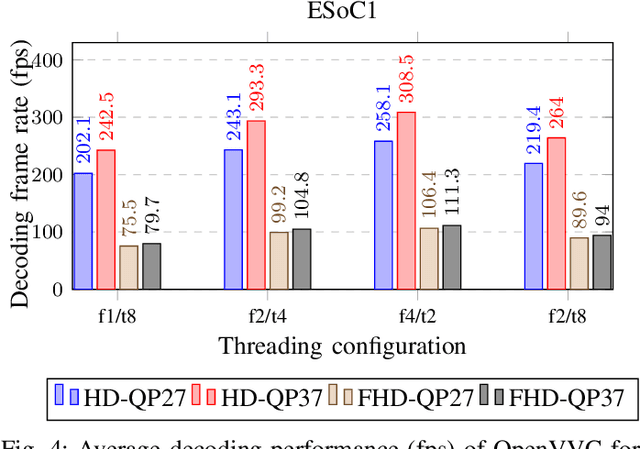Anup Saha
The iToBoS dataset: skin region images extracted from 3D total body photographs for lesion detection
Jan 30, 2025



Abstract:Artificial intelligence has significantly advanced skin cancer diagnosis by enabling rapid and accurate detection of malignant lesions. In this domain, most publicly available image datasets consist of single, isolated skin lesions positioned at the center of the image. While these lesion-centric datasets have been fundamental for developing diagnostic algorithms, they lack the context of the surrounding skin, which is critical for improving lesion detection. The iToBoS dataset was created to address this challenge. It includes 16,954 images of skin regions from 100 participants, captured using 3D total body photography. Each image roughly corresponds to a $7 \times 9$ cm section of skin with all suspicious lesions annotated using bounding boxes. Additionally, the dataset provides metadata such as anatomical location, age group, and sun damage score for each image. This dataset aims to facilitate training and benchmarking of algorithms, with the goal of enabling early detection of skin cancer and deployment of this technology in non-clinical environments.
Performance Analysis of Optimized Versatile Video Coding Software Decoders on Embedded Platforms
Jun 30, 2022



Abstract:In recent years, the global demand for high-resolution videos and the emergence of new multimedia applications have created the need for a new video coding standard. Hence, in July 2020 the Versatile Video Coding (VVC) standard was released providing up to 50% bit-rate saving for the same video quality compared to its predecessor High Efficiency Video Coding (HEVC). However, this bit-rate saving comes at the cost of a high computational complexity, particularly for live applications and on resource-constraint embedded devices. This paper presents two optimized VVC software decoders, named OpenVVC and Versatile Video deCoder (VVdeC), designed for low resources platforms. They exploit optimization techniques such as data level parallelism using Single Instruction Multiple Data (SIMD) instructions and functional level parallelism using frame, tile and slice-based parallelisms. Furthermore, a comparison in terms of decoding run time, energy and memory consumption between the two decoders is presented while targeting two different resource-constraint embedded devices. The results showed that both decoders achieve real-time decoding of Full High definition (FHD) resolution over the first platform using 8 cores and High-definition (HD) real-time decoding for the second platform using only 4 cores with comparable results in terms of average consumed energy: around 26 J and 15 J for the 8 cores and 4 cores embedded platforms, respectively. Regarding the memory usage, OpenVVC showed better results with less average maximum memory consumed during run time compared to VVdeC.
 Add to Chrome
Add to Chrome Add to Firefox
Add to Firefox Add to Edge
Add to Edge